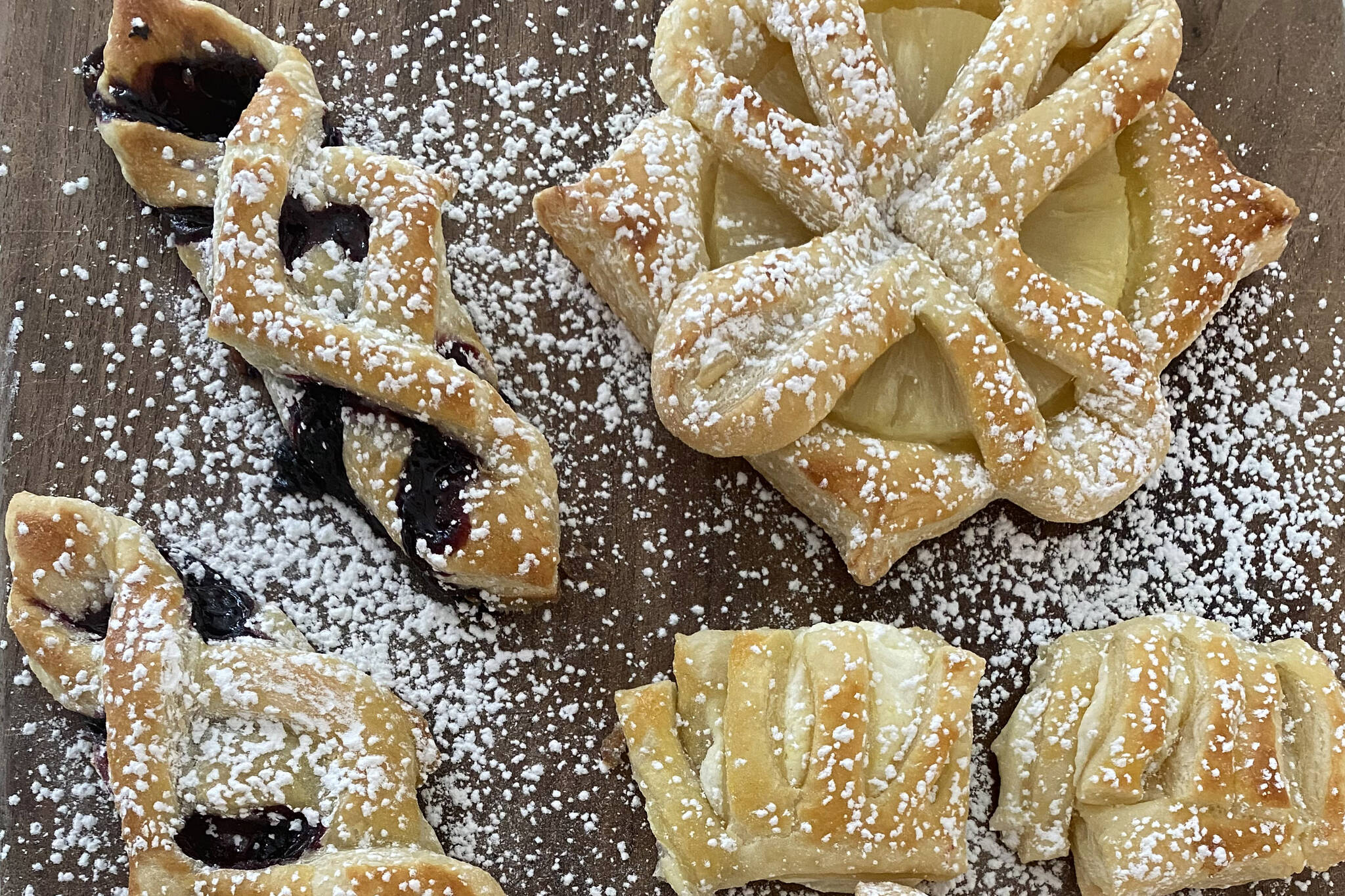I often shop at thrift stores. Mostly for cost, but also out of laziness — I want to spend ethically, but I don’t want to put in the time to research each brand and their supply chains.
I like to shop second hand so I don’t have to worry if my purchase is supporting exploitative fast fashion companies or sweat shops or environmentally disastrous production methods; I just buy what I like.
It also provides some unique insight into the community. For example: I know that somewhere out there is a person who wears a men’s large who is crazy for the Green Bay Packers, because I once came across a dozen T-shirts that all had stretched-out collars and the tag cut out the same way.
I know that at least a few people enjoy Harlequin romance novels, because there are always many on the shelves with cracked spines and dog-eared pages, clearly read repeatedly.
I also know that there is someone out there who is exactly my height and measurements who is making their own dresses, because I’ve bought a few, and at least tried on the rest. Each of them was obviously handmade — irregular stitching, often unlined, even some with unfinished hems, and none had labels of any kind. Whoever this person is, we have similar taste. They pick fabrics with delicate patterns and saturated colors. Every dress is floor length with covered shoulders and high necklines, and all are gathered or wrapped or tied at the waist — right at the perfect spot.
Whoever this person is, I admire their ability to take straight sheets of fabric and make a wearable garment. I have always wanted to learn, and perhaps I will someday, but it all seems like magic to me now. Folding and measuring and precisely cutting each piece seems tedious and easy to do poorly, and I’m sure results in many discarded half-finished projects like the ones I rescued from the thrift store racks.
For now, I’ll stick to sheets I know I can handle correctly: puff pastry.
Tips for perfect puff pastry:
Do not attempt to unfold the puff pastry until it is completely thawed — it could easily tear. Thaw it on the counter for about 30 minutes before attempting to manipulate.
Keep your workspace, tools and surfaces as cold as possible. For puff pastry to work the way it is supposed to, it needs to be cold. If the dough gets warm you should put it in the refrigerator to cool for a bit. Consider doing this in stages as you measure, cut, fill and fold each pastry.
When rolling out the dough be careful not to press too hard on the edges. This might seal them and prevent them from forming the layers you want.
Always use a sharp knife for cutting the dough and cut straight down — don’t slide the knife down the sheet. The sliding motion could seal the edge and prevent the flaky layers from forming.
After you have finished forming and filling your pastries, chill in the refrigerator for 30 minutes. It is important that the dough is cold when it enters the oven. Rapid steam from the many tiny layers of butter propels the puff upward and creates the flaky texture — warm dough will result in dense, disappointing pastry.
For a golden finish be sure to very carefully brush the pastry with an egg wash before baking.
You can use scraps by just brushing them with egg wash and sprinkling with sugar or Parmesan cheese and twisting to form sweet little cookies or savory twists. Do not attempt to re-roll, however, as the puff will not work.


